Pyroelectric sensors are the tool of choice for measuring energy of repetitively pulsed laser beams.
They measure energy, and they’re fast.
They are not, however, indestructible.
What is damage?
You might have a mental image of the twisted, charred remains of a laser energy sensor.
Nope.
That’s not what I’m talking about.
When I say “damage,” I mean no longer measures accurately. So if the measurement is damaged enough that it’s just 1% off the specified accuracy – that’s damage.
So now that we know what it means, here are the easiest ways to ruin your sensor. (Warning: Sensor may be damaged.)
1. Contaminate the surface.
If the surface is metallic, touching it could leave a grease stain. Then turn on your laser and the grease gets burnt onto the sensor.
Another way to contaminate your sensor is by using burn paper right next to it. If there’s visible smoke, you’re contaminating your sensor.
Preventing this:
If you are trying to keep your sensor clean and in working order, here’s how to avoid surface contamination:
- Store the sensor with its protective cover.
- Clean surface with compressed air before use to avoid particle buildup on the surface.
- If contamination is an issue, try to find its source to avoid it in the future.
- Sensor with fingerprints on the surface should be cleaned.
Don’t want to contaminate the surface? We have a few other methods for sensor damage:
2. Let your coating deteriorate.
Here’s an easy, if slow, method for “killing” your pyro sensor.
Use a laser with average power within spec, but pulse energy above the specified damage threshold.
Sometimes this will damage your sensor immediately; often you’ll have to wait. Don’t worry, though. Keep it up and sooner or later your sensor will lose its accuracy.
Preventing this:
If for some reason you don’t want the coating to be ruined, you should always test your laser with the test slides we provide before using your actual pyro sensor.
Expose the test slides for at least 30-60 seconds to be sure they can truly withstand the laser used.
3. Damage your diffuser.
If you really want a challenge, try to damage your diffuser (only on -DIF models).
It is very uncommon, but if you’d like to try, you should be sure the energy density is higher than the diffuser’s rating.
Preventing this:
Simply reduce the energy density: either by attenuation (lowering energy) or expanding the beam size.
4. Burn your sensor.
This is the most popular way to damage a pyro sensor.
Just hit the sensor with energy density above its damage threshold, and watch the magic happen.
Preventing this:
You don’t want your sensor to overheat and become out-of-tolerance?
Well then, keep this in mind:
- Make sure your energy density isn’t too high, using the formula:
where E.D. stands for energy density (J/cm^2), E is energy (J), and φ is the beam diameter (cm).
- Gaussian lasers have a higher energy density in their peak – about double the above formula.
- Lasers with hot spots could have much higher energy density in a small area of the beam. Use the provided test slides to ensure your laser won’t cause damage.
- Short pulsed lasers (nanoseconds or shorter) damage more easily, which is why the damage threshold in our specs is often a function of pulse width. Use the test slides first if you aren’t sure about your particular laser.
Bonus tip:
Need to lower your energy density?
Just expand the beam. (Using beam optics – or if your laser is already rapidly diverging, just place the sensor farther away from the laser.)
Lowering the power or energy will also help, but expanding the beam size lowers the energy density by the square of the expansion.
That was a lot of words; let’s look at the numbers:
Let’s take a 1 J laser with a 1.6 mm diameter.
Result: E.D. = 50 J/cm^2
Now instead of working hard to reduce the 50 J pulse energy, let’s expand the beam 5x, to 8 mm.
Result: E.D. = 2 J/cm^2
That’s a 96% (or 25x) decrease in overall energy density!
You might also like:
5 Rules to Get Accurate Laser Energy Measurements with a Pyroelectric Sensor


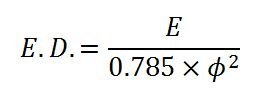
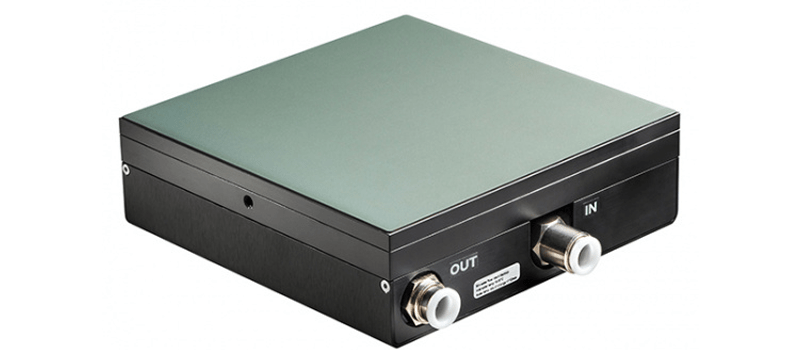
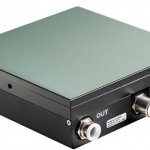




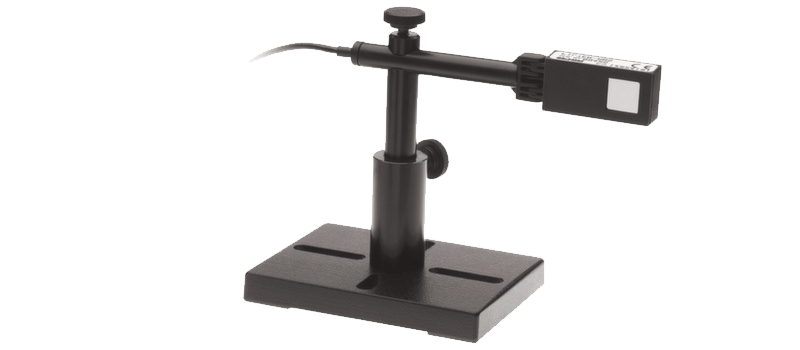
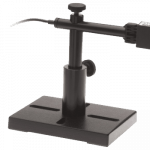
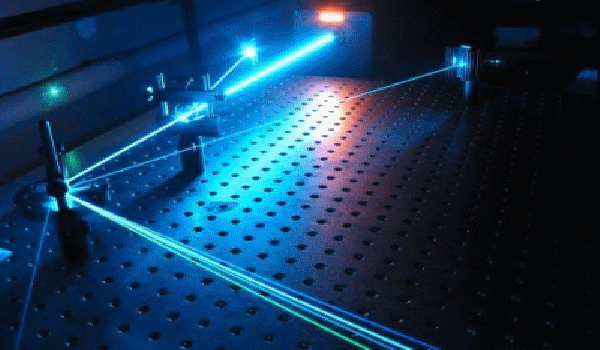
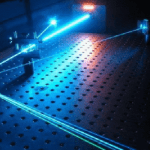
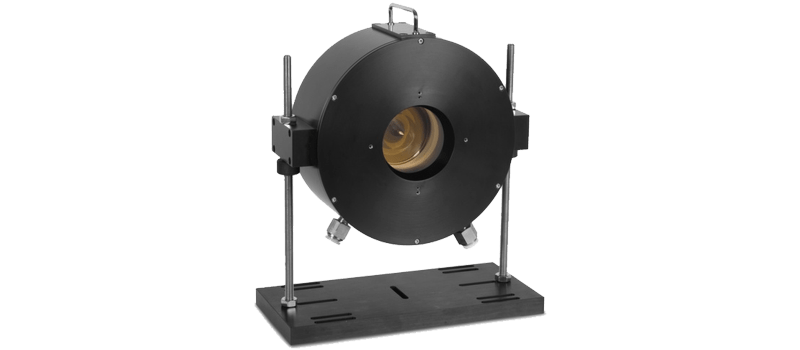
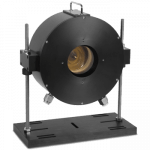
Leave a Reply
Your email address will not be published. Required fields are marked *